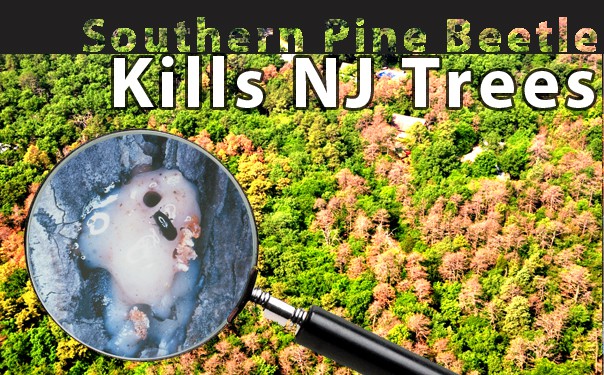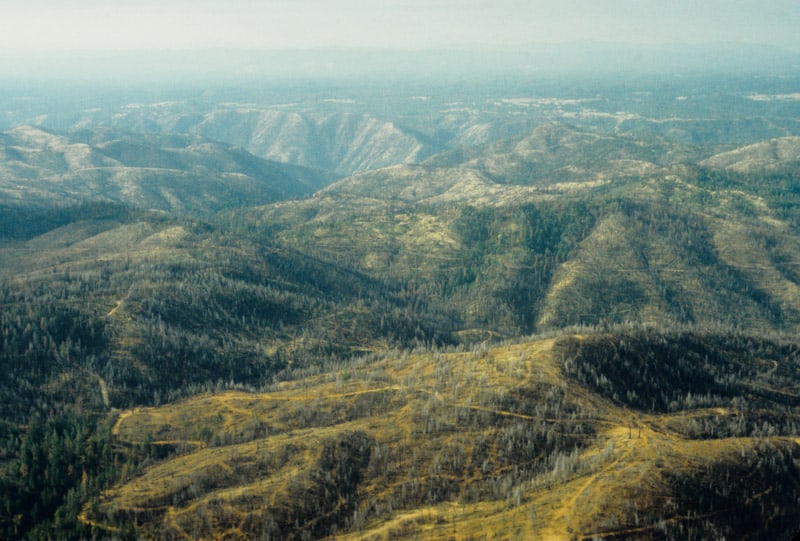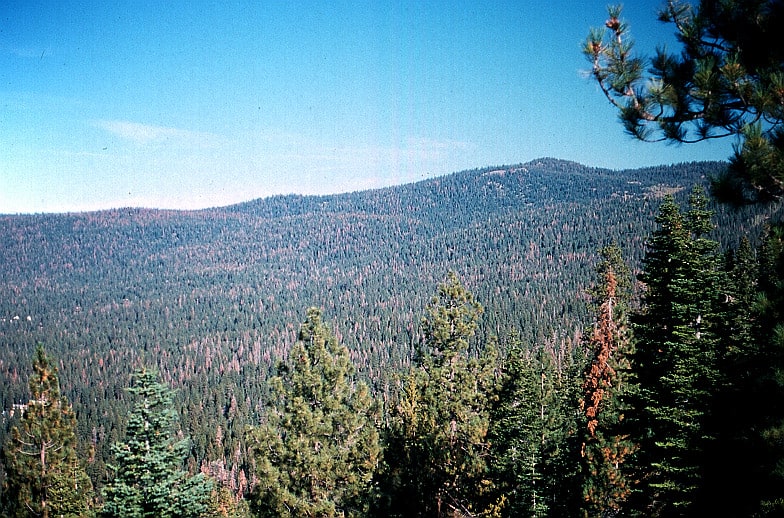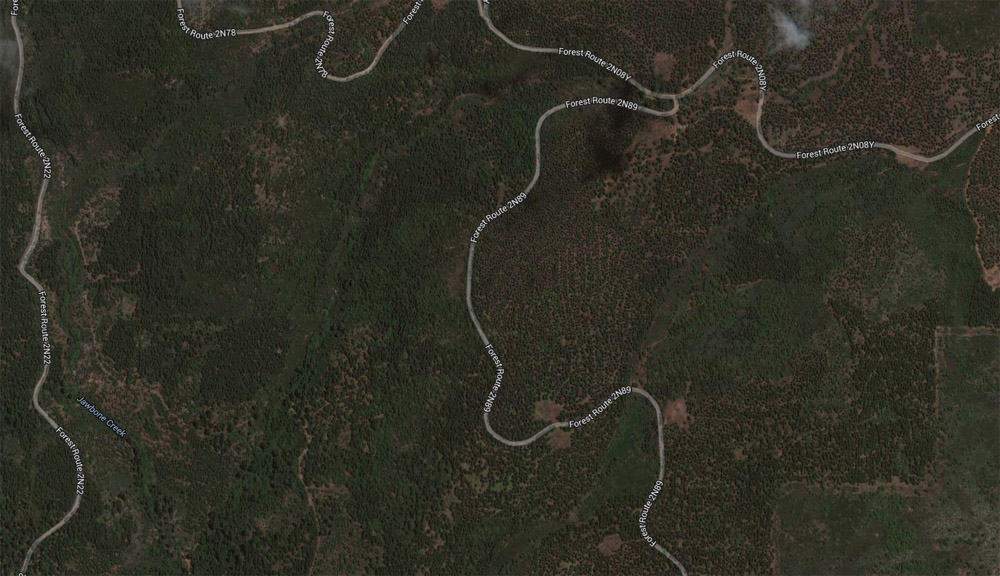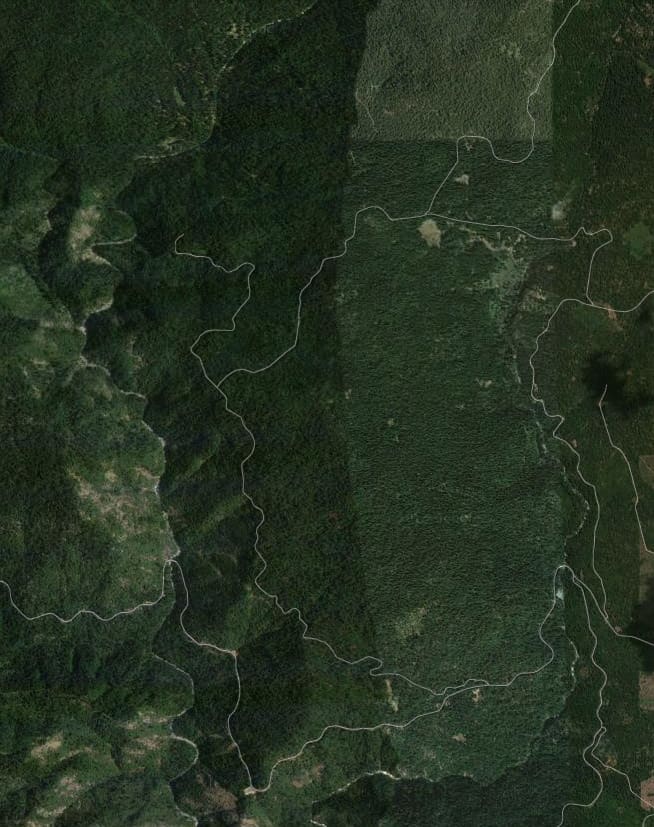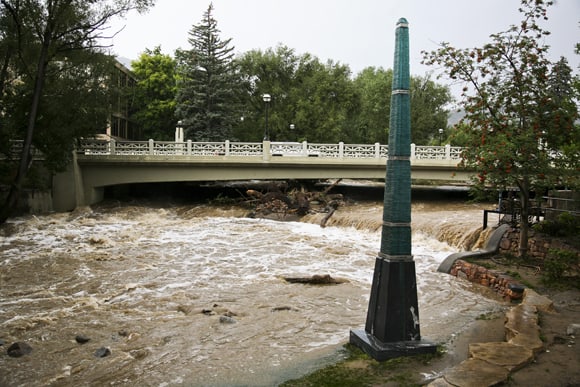
Bob’s first question was:Are there any spiritual values associated with natural resource management?
If not, should there be?
Bob’s second question is:
If so, what’s the fundamental legal/moral/ethical basis?
My favorite summary of the issue of thinking about using natural resources ethically is a book by Rushworth Kidder called “How Good People Make Tough Choices.”
What I liked about the book is the direct, down-to-earth language, and his idea that many ethical choices are,
in the words of his preface (2009), “right vs. right” :
The toughest choices lie not in deciding whether to comply with the law, but in choosing what to do when both sides are right. As the world shrinks and complexity grows, those choices provoke the most intellectually challenging and socially significant conversations of our time.”
I’ve attached here about six pages from the book, with his discussion of what he calls “conservation vs. consumption” Below are a couple of excerpts.
Here Kidderkidder on conservation describes different ethical approaches to the problem, ends-based, rule-based, and care-based:
How do our resolution principles help us? Ends-based thinkers, brooding upon consequences, layout sober prophecies of future doom and gloom-on both sides of the issue. Global warming vies for our attention with prognostications of future job losses and welfare increases. To the ends-based thinker, a dose study of such figures, and the methodologies behind them, is essential: How else will we know what “the greatest good” will be? Not surprisingly, then, the policymakers’ well-known penchant for utilitarianism plunges modern society into endless rounds of expert testimony, scientific debate, and statistical saber-rattling-the assumption being that whoever gets it intellectually right will also have captured the moral high ground.
Rule-based thinkers look on all this with wry detachment. The moral sense, to them, has little to do with such arcane debates. What rule, they ask instead, should be universalized? If it is to save species at all costs, then that must be done regardless of consequences. If, on the other hand, it is to honor every individual’s basic human dignity by supplying food and shelter, that must take precedence, no matter what happens. What gives these thinkers the shudders is the spectacle of moral inconsistency, a waffling set of policies that change every few years depending on scientific fashion or public whim. Get the rule right, they argue, and carry it out in full trust that it will produce the highest sense of goodness.
The care-based thinker may well dismiss both these views-the first for its cold disregard of suffering, the second for its rigid demand for consistency. What, they ask, would I want to have done to me? Living in a Dhaka slum, I would want a meal, an education, a job, a sense of hope-not a lecture on saving the whales. Living in a Los Angeles suburb, however, I would want a set of policies that would compel my entire community-myself inc1uded to support alternatives to the gasoline-powered cars whose exhausts once engulfed me in smog.
Placing my highest emphasis on caring for others-and observing that there are more slum-dwellers than suburbanites- I might finally come down more in favor of supporting the former than the latter.
This dilemma also gives us a dear look at another part of the resolution process: locating the trilemma options. Among the most encouraging signs of progress has been the growth of coalitions that involve both environmentalists and developers. From a past filled with the strident animosities of stark opposition, we seem to be moving toward a greater recognition of the fact that like all true dilemmas, this one has a lot of right on both sides. The trilemma goal-saving the environment while at the same time providing economic development-is being met in some areas. Already supermarkets are offering reusable fabric bags as an alternative to plastic ones. The once-ubiquitous water bottle is becoming increasingly unpopular as it becomes clear that not enough people are recycling. Hybrid cars, compact fluorescent light bulbs, and four-minute showers are looking more attractive and affordable as energy prices go up. Ecotourism is on the rise, helping travelers visit unspoiled areas with damaging them. In these and other ways, a resolution process as old as Aristotle’s Golden Mean is on the twenty-first century’s agenda.
In another place, he says:
“To be sure, there are environmentally “clean” jobs in IT,… But even those depend upon the prosperity generated somewhere in the world through a manufacturing base, which almost always involves some exploitation of natural resources. To refuse that exploitation, then is to condemn the world’s poor to continued poverty- a condemnation that seems all the more inequitable when promoted by those in the developed world who already enjoy significant prosperity.”
The idea that “we already exploited our natural resources, and we think you should not exploit yours” can exist within one country, as well as between countries. This can occur anywhere that one location or group of people holds power over another.
Exploiting resources can have health effects and effects on the environment. Poverty can have well-known health effects as well (hopefully I don’t have to cite them). And if we are trying to find a place where use of resources and protecting the environment can coexist, to me it is to be found locally (or at the state level), where the rubber meets the metaphorical road.
Which leads us to the discussion on this blog in 2010 on the ethical approach called “environmental pragmatism” as described by desJardin in his experience with a local environmental issue in his book I linked to here.
I do kind of disagree with Kidder from my perspective as a person who dealt with on-the-ground issues..you can get into vast debates about science and with experts regardless of the ethics behind your choice. Because you have to understand impacts if you care, and because following a rule doesn’t mean that you will get the desired outcome. What do you think?

